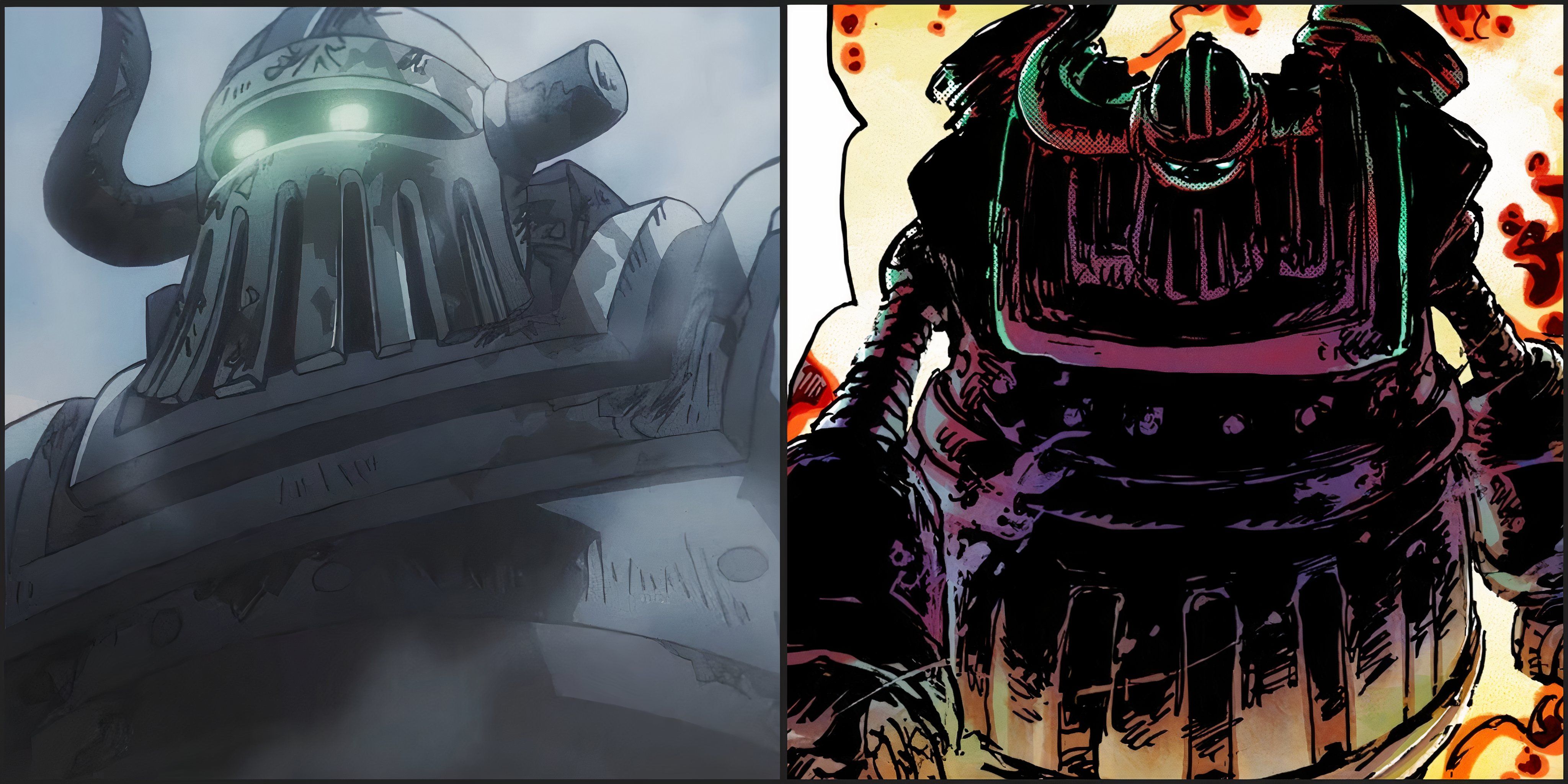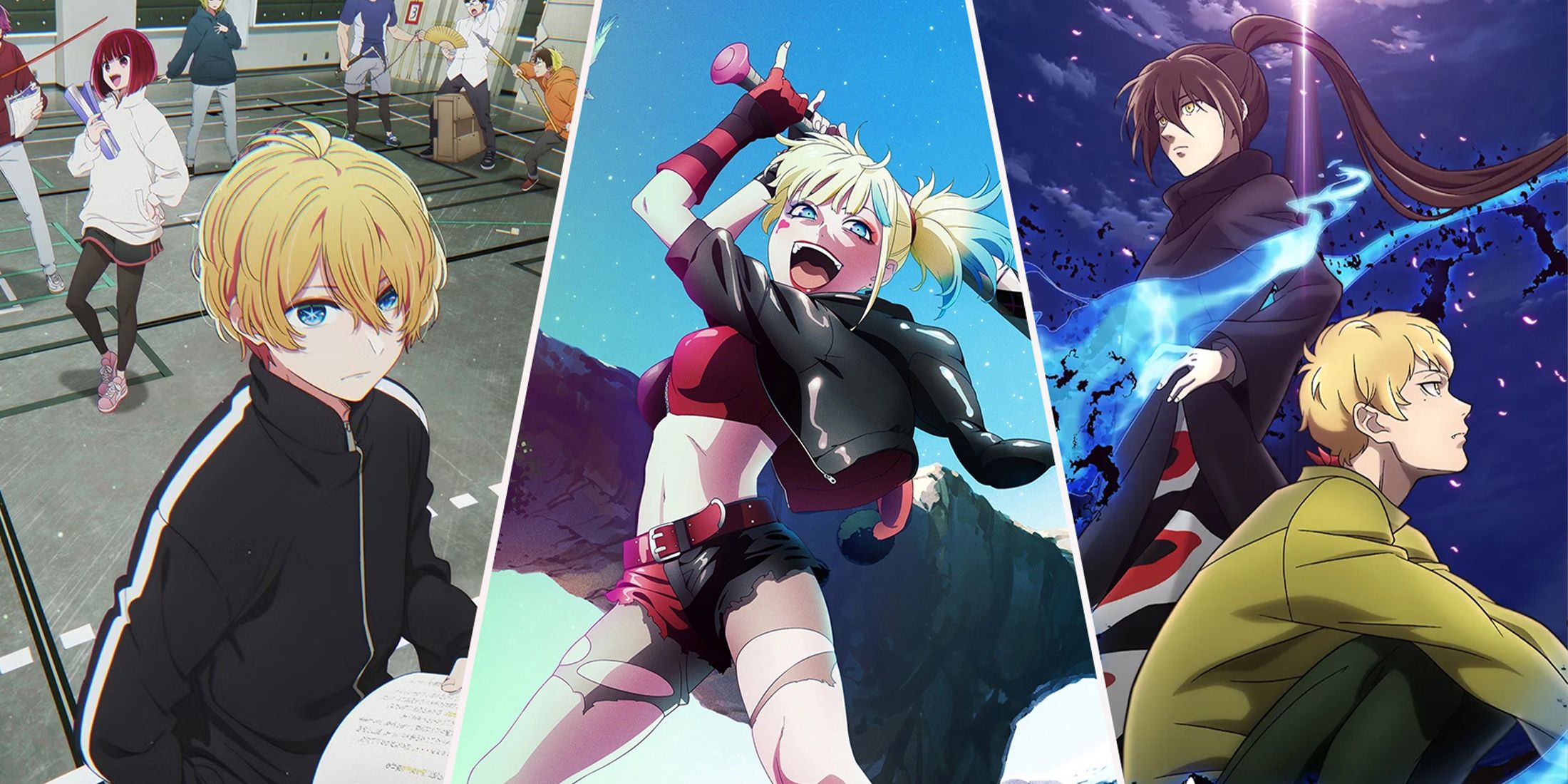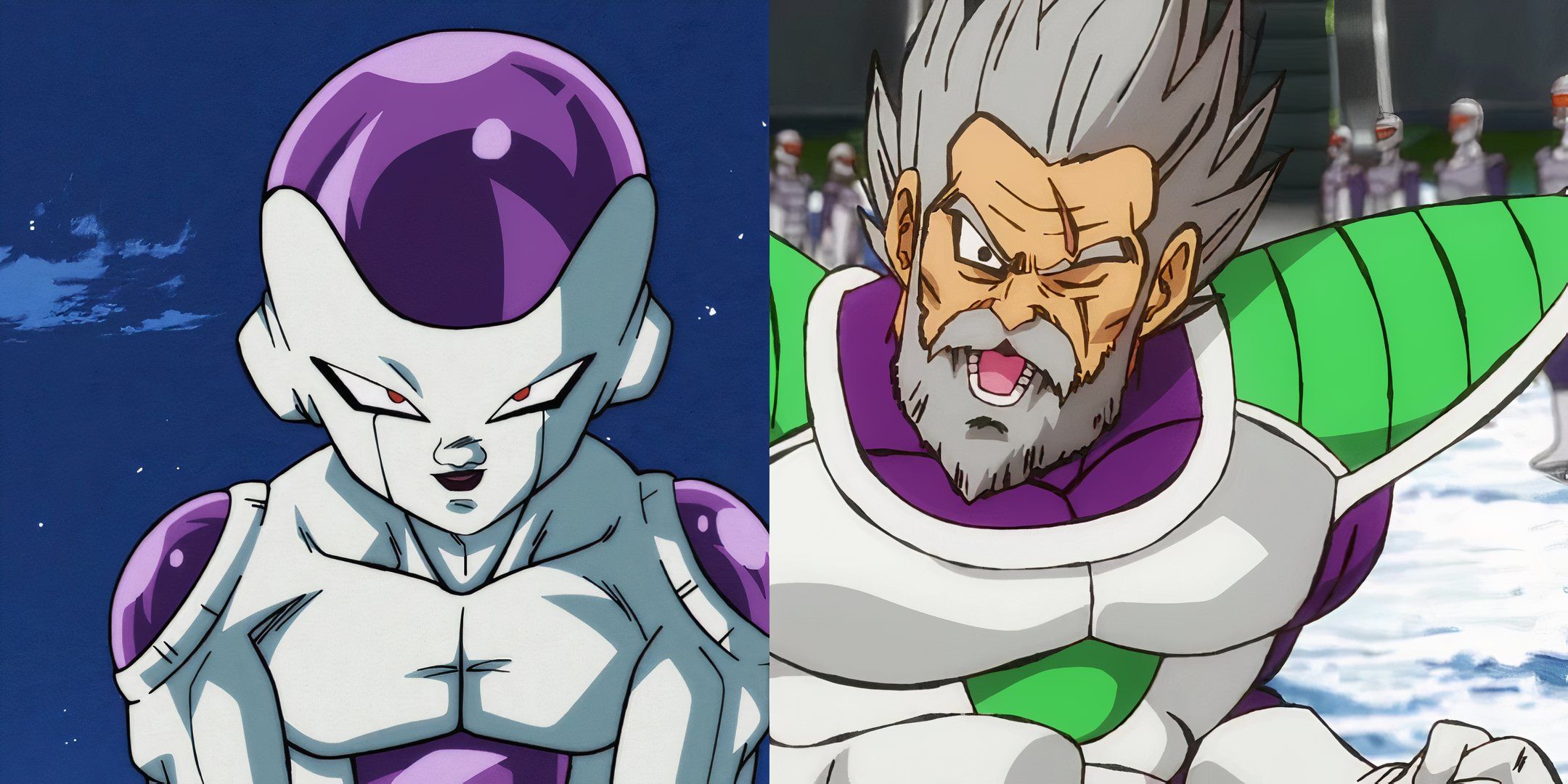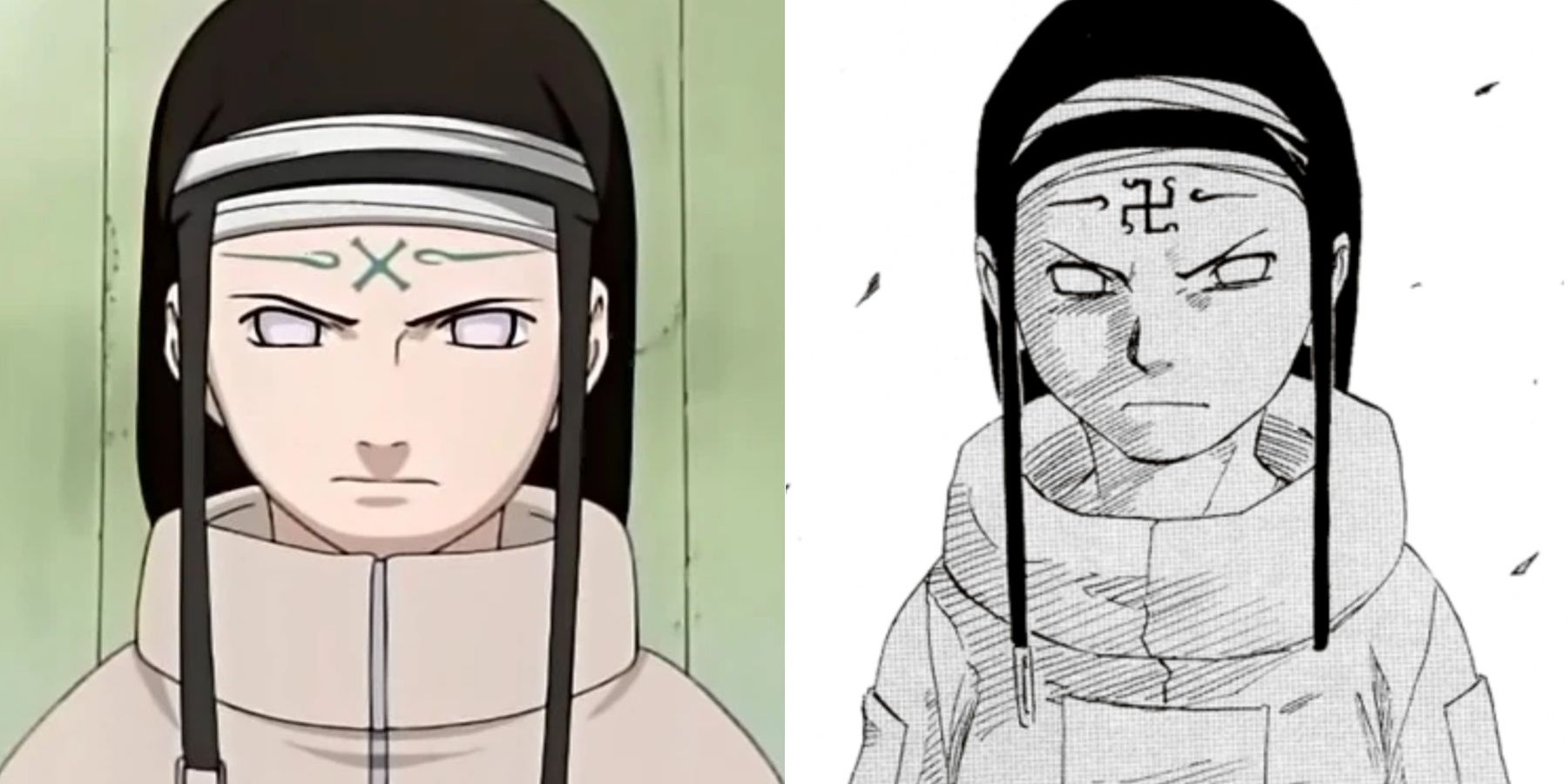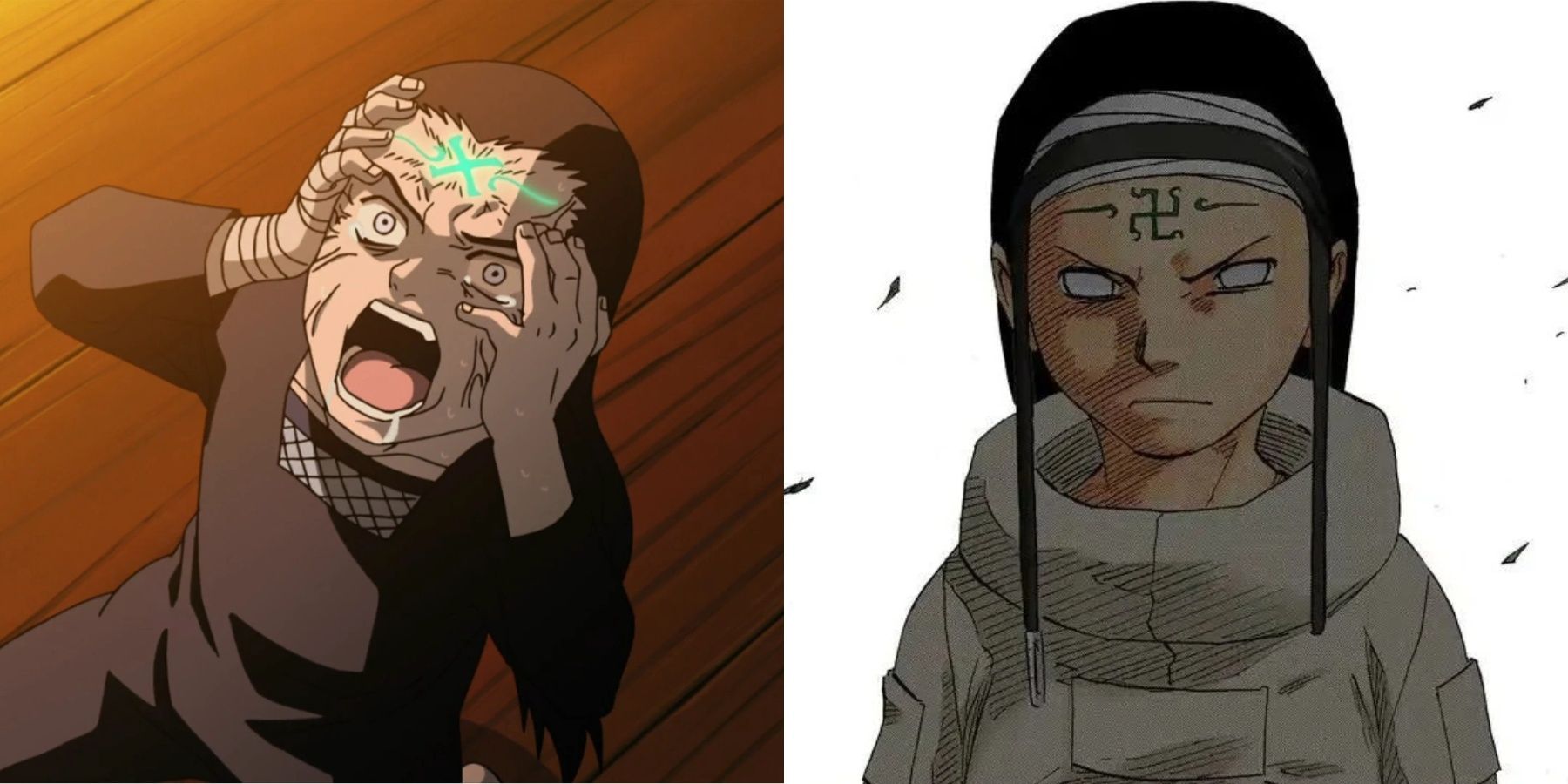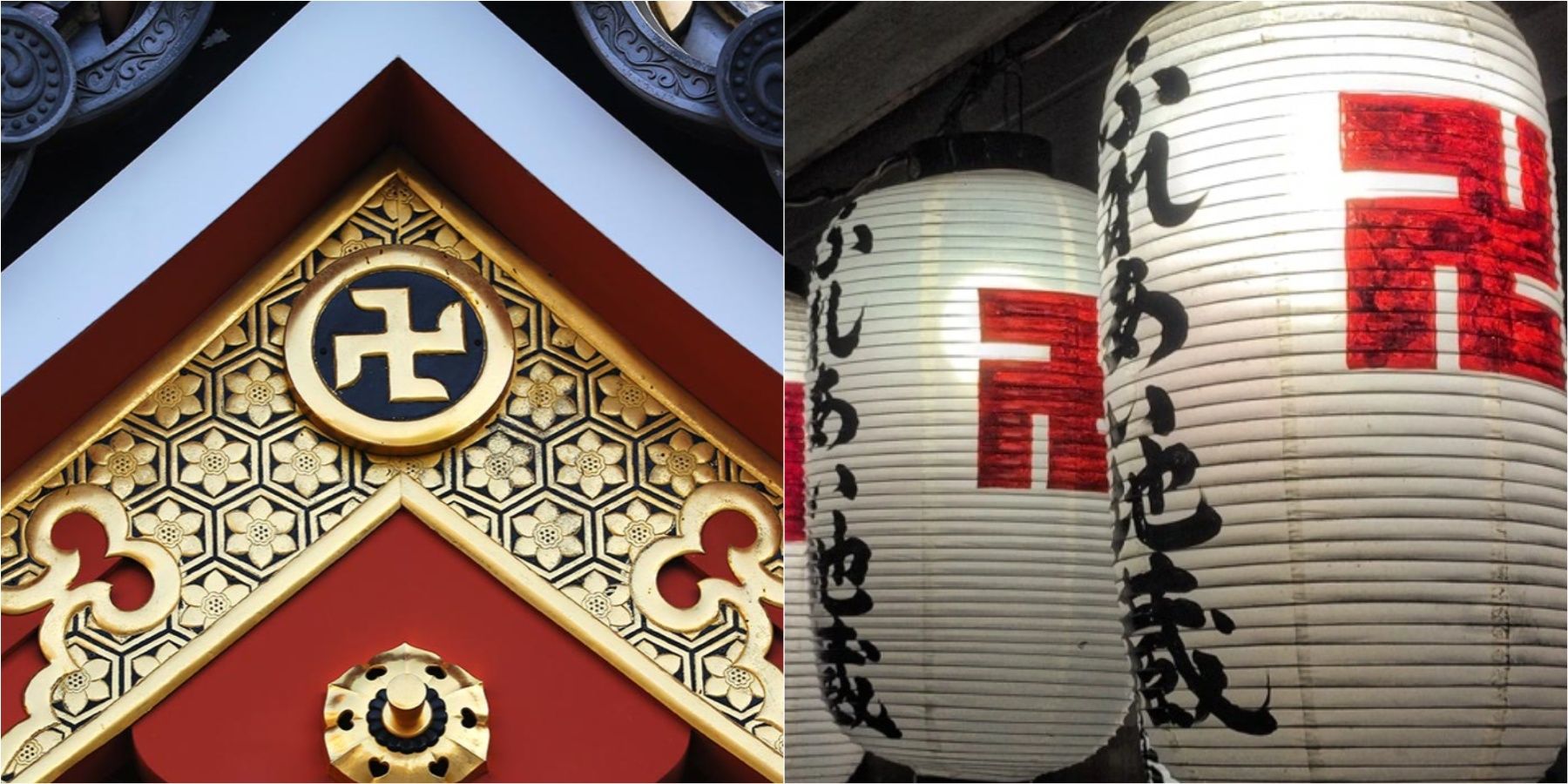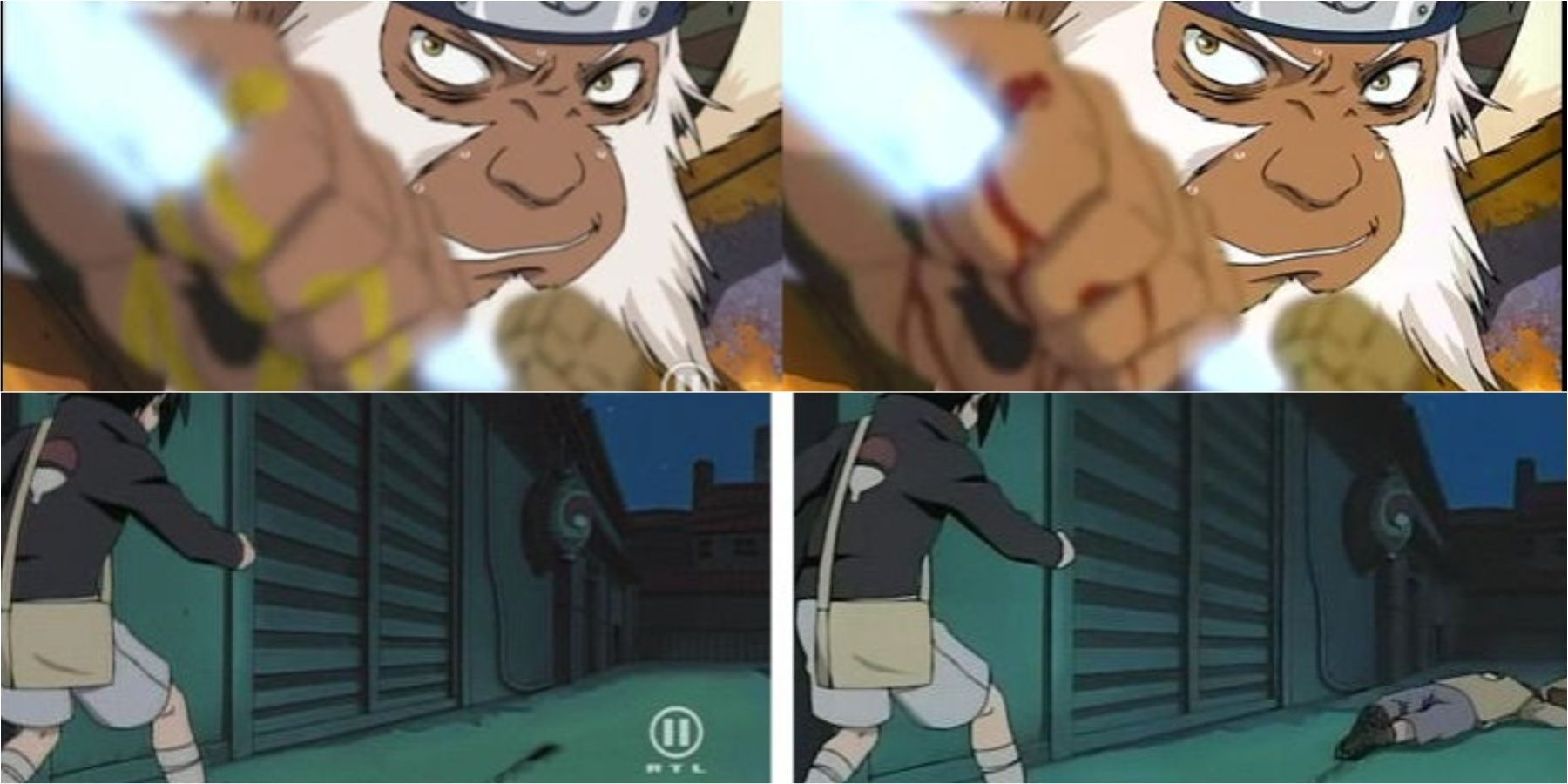The anime industry has grown to become a medium of cultural exchange, representing Japan's novel culture and acquainting the rest of the world with the country's distinct beliefs and staunch values. While the industry has certainly achieved a certain level of awareness among the common masses, some elements of Japan's symbolics still tend to be mistranslated among Western audiences. This has led to many anime changing certain scenes and characters to make Western viewers more at ease, catering to their peculiarities.
The Naruto series is no different as this famed anime has been aired in almost every country across the globe, leading to a few deviations from the original source. One such element is the Hyuga Clan's symbolic cursed seal, donned by the branch family members of this close-knit clan. The original symbol that represented the seal was deemed rather controversial for Western viewers, forcing producers to change the appearance of the mark altogether.
The Reason Behind Altering the Cursed Seal
Deciphering the reasoning behind the move is quite simple, as one quick glance can easily reveal the motivations behind changing the seal's design in the anime version. The Hyuga Clan's original cursed seal design featured a symbol eerily similar to the Swastika, an emblem commonly associated with the Nazi Germany and its fascist rule. While the symbol wasn't an exact replica of the infamous emblem, producers were forced to comply with the decision after Naruto's popularity skyrocketed overseas. For the production studio, catering to overseas audiences took precedence over Japan's own fanbase, one that paled in comparison to its foreign counterparts.
The Hyuga Clan bore no resemblance with the historical dictator or his resulting ideology, yet the seal's symbol was met with scrutiny and disdain. While the symbol still remains the same in the manga, the anime adaptation decided to avoid the controversies altogether and simply opted for an 'X' mark instead of the Swastika-like symbol. However, the move comes as a disappointment since the original symbol held considerable depth and profundity pertaining to Japan's own religions.
The Meaning Behind the Original Symbol
It's easy to associate the Swastika or any resembling symbol with the fascism of the 1930s. However, the symbol that represents the Hyuga's cursed seal is actually rooted in various ancient religions, dating back several millennia. With prosperity and peace at its core, the symbol can be found in Hinduism, Buddhism, and even Jainism. For each religion, the Swastika holds differing meanings, though all three coincide on one aspect: well-being.
The word 'Swastika' itself has roots in the Sanskrit language, translating to 'the mark of well-being.' In Buddhism, the very same symbol represents the Buddha's footsteps. Since any shrine or place of worship is considered a reflection of the Buddha’s footsteps, the Swastika eventually became a symbol that denoted the presence of a Buddhist shrine. The symbol trickles down to modern day Japan, and the symbol runs synonymous to shrines and temples.
With such holy roots, the Swastika seemed like an obvious choice for the Hyuga Clan's mark, seeing how it represented their own version of prosperity and well-being. Author Masashi Kishimoto is known for drawing inspiration from East Asian religions for several concepts within the series. The Cursed Seal was a similar case of Kishimoto tying his series to real-world mythology, adding a level of depth and intricacy to his work. In this case, however, the author's creative efforts fell prey to cross-cultural incongruities, leading to a well-thought out element to be slashed altogether.
Other Similar Censorships in Naruto
Censorship and changes are common in anime adaptations, especially since anime have a much larger viewership. While incessant gore and bloodshed is commonly censored in anime, a few country-specific changes are also bound to follow suit. Owing to its problematic past, Germany is known for its adamancy in ensuring children's shows remains strictly gore-free. These stringent measures led to Naruto's release in Germany to be filled with various censorships, including the erasure of all terms related to death and murder.
The massacre of the Uchiha Clan was also never directly implied, making it seem as if they were kidnapped or taken away rather than being slaughtered in cold blood. Swords and other weapons were edited and cut out from the final German dub, ensuring every single scene remained child-friendly. The Germans even went as far as cutting out the entire Nine-Tailed Fox introduction from the first episode of Naruto, deeming it too violent and petrifying for young children.
Considering the country’s scrutinizing censorship, a Swastika symbol within the series would have even led to an outright ban on the anime altogether. Under these circumstances, the production studio’s decision of altering the Cursed Seal entirely seemed like the only plausible solution for catering to such an eager yet sensitive audience.

